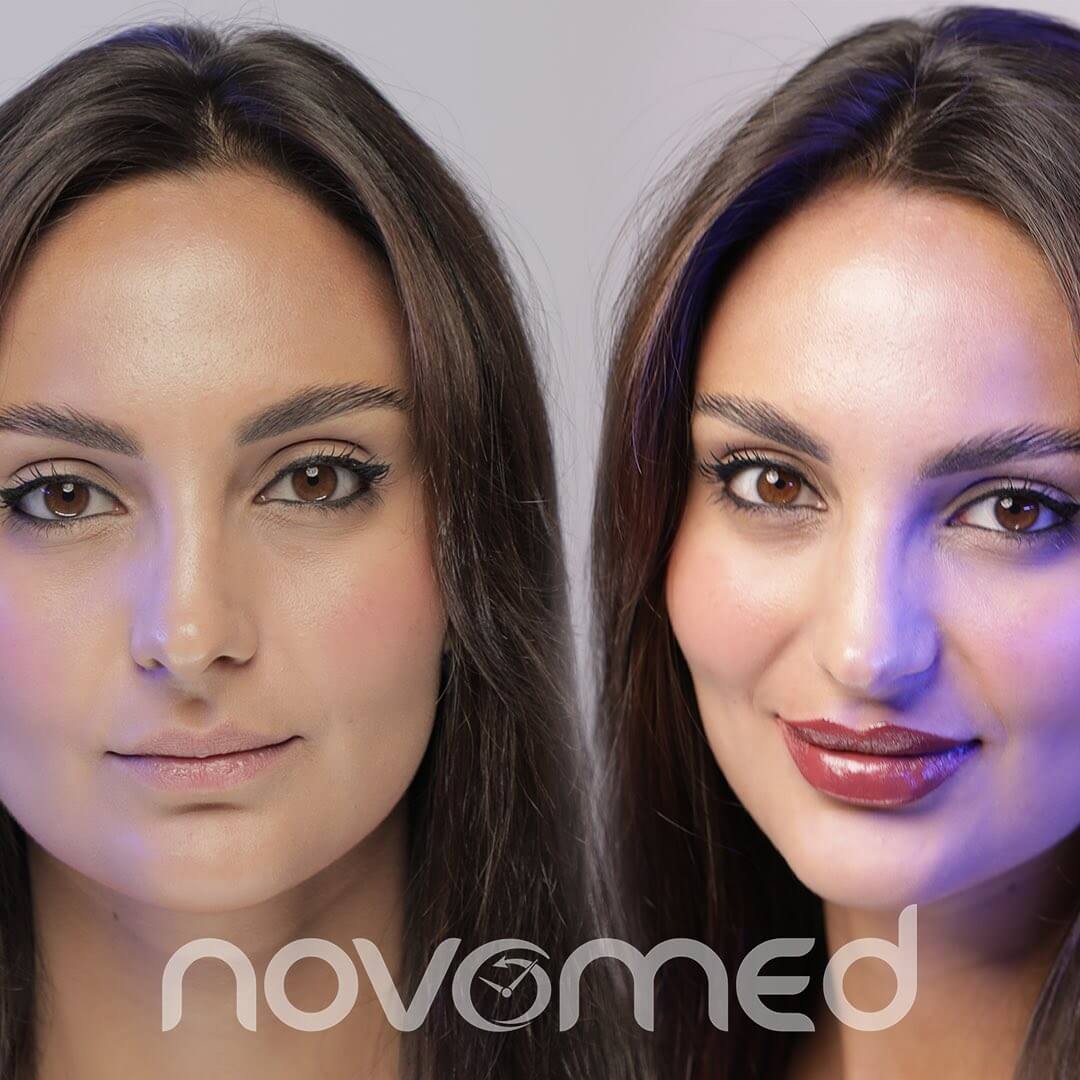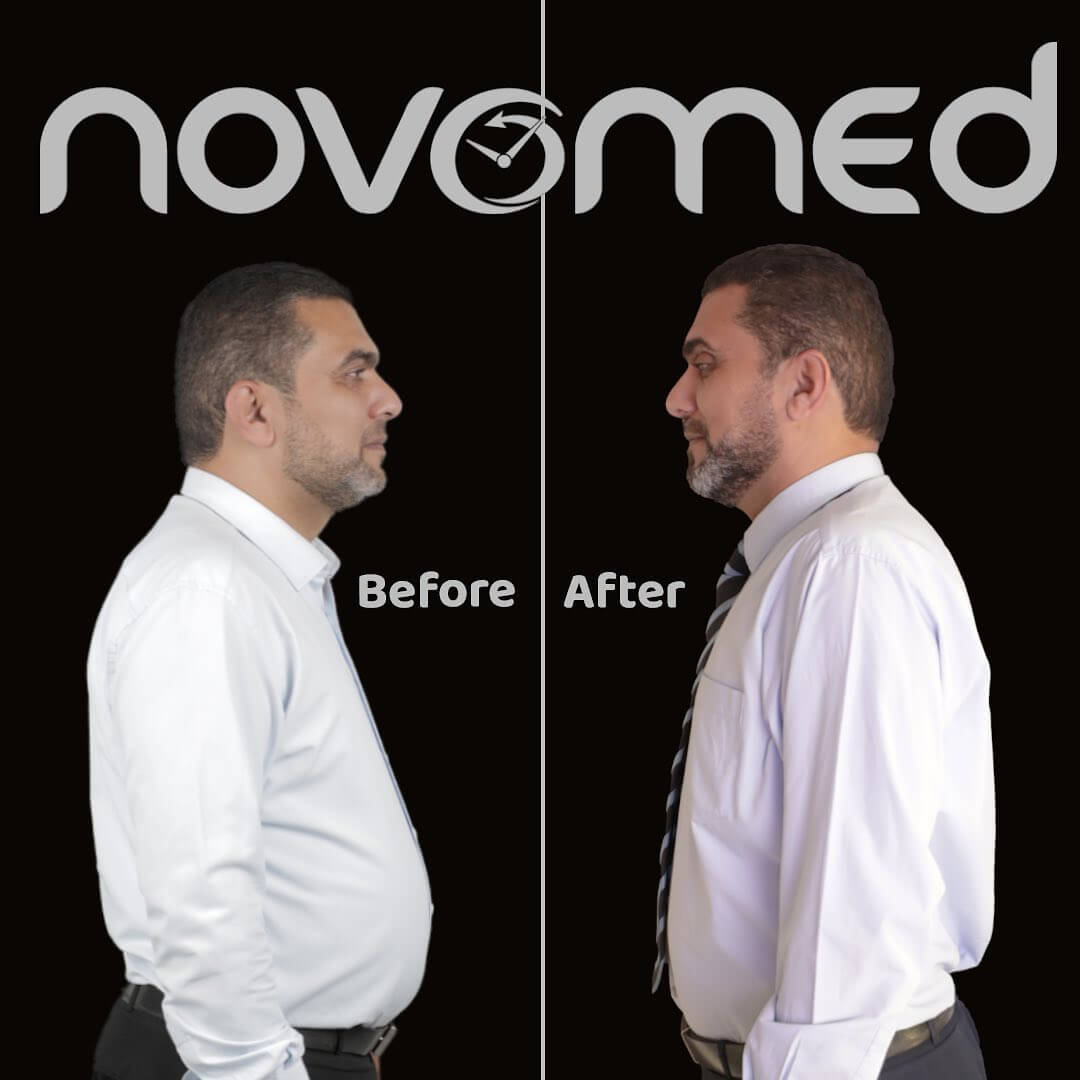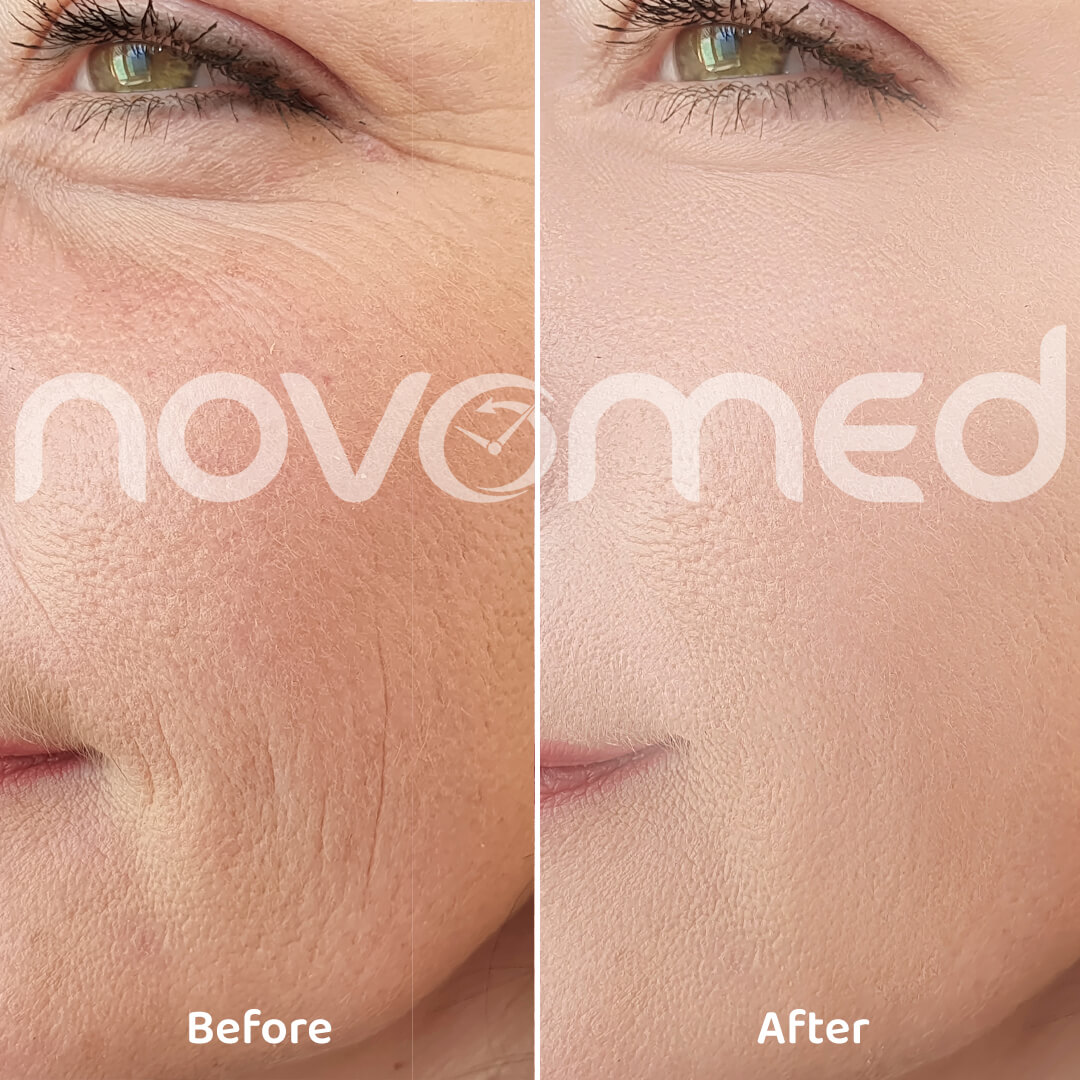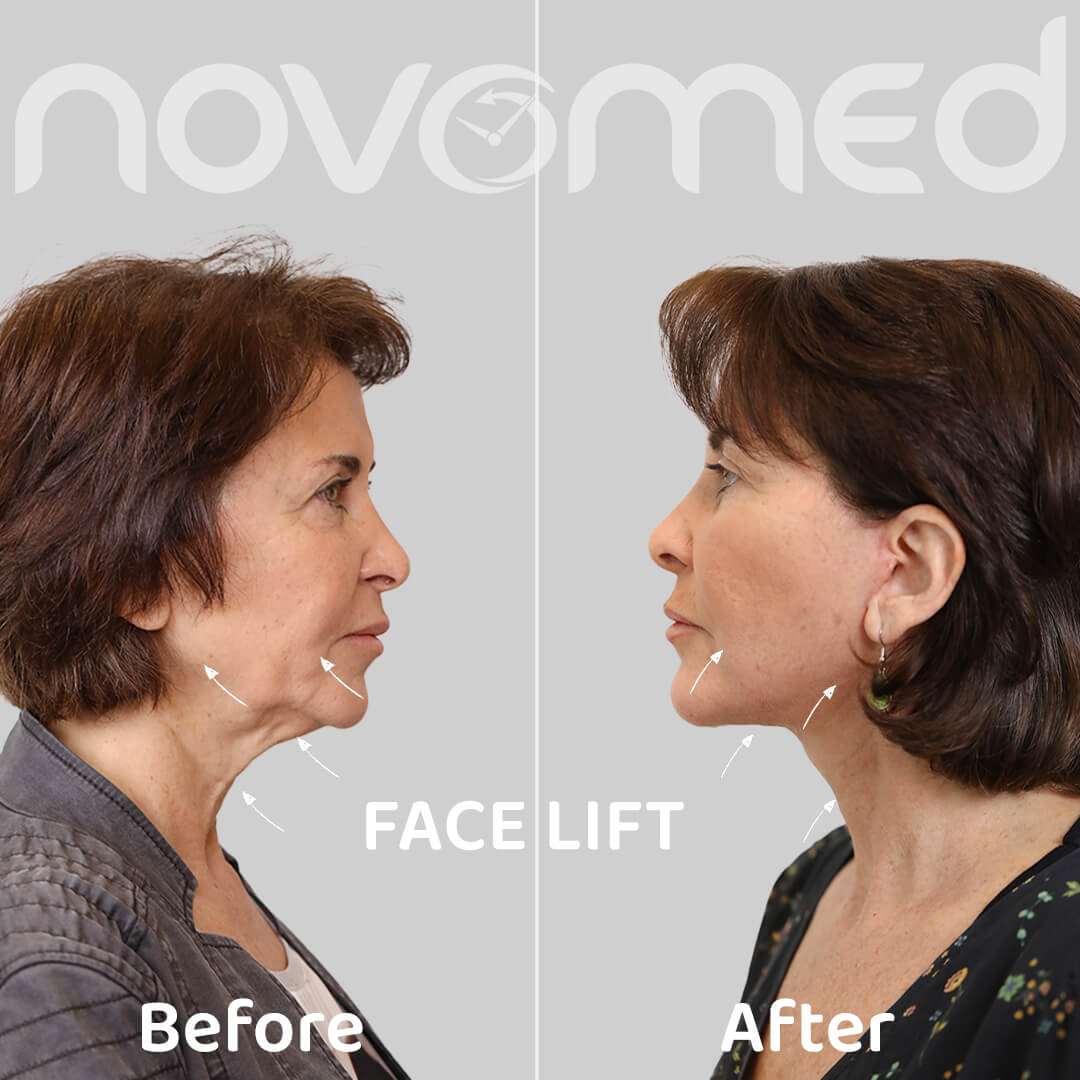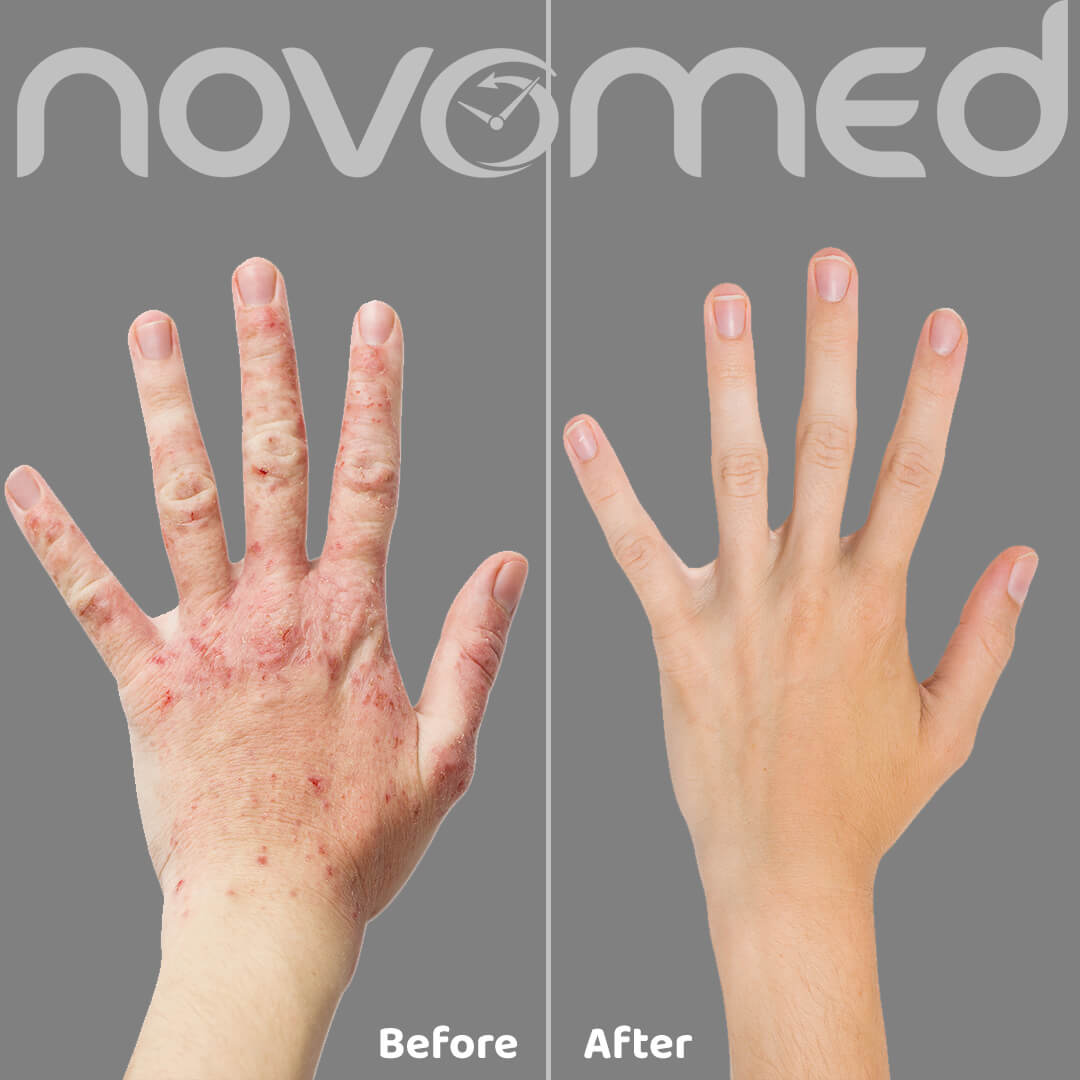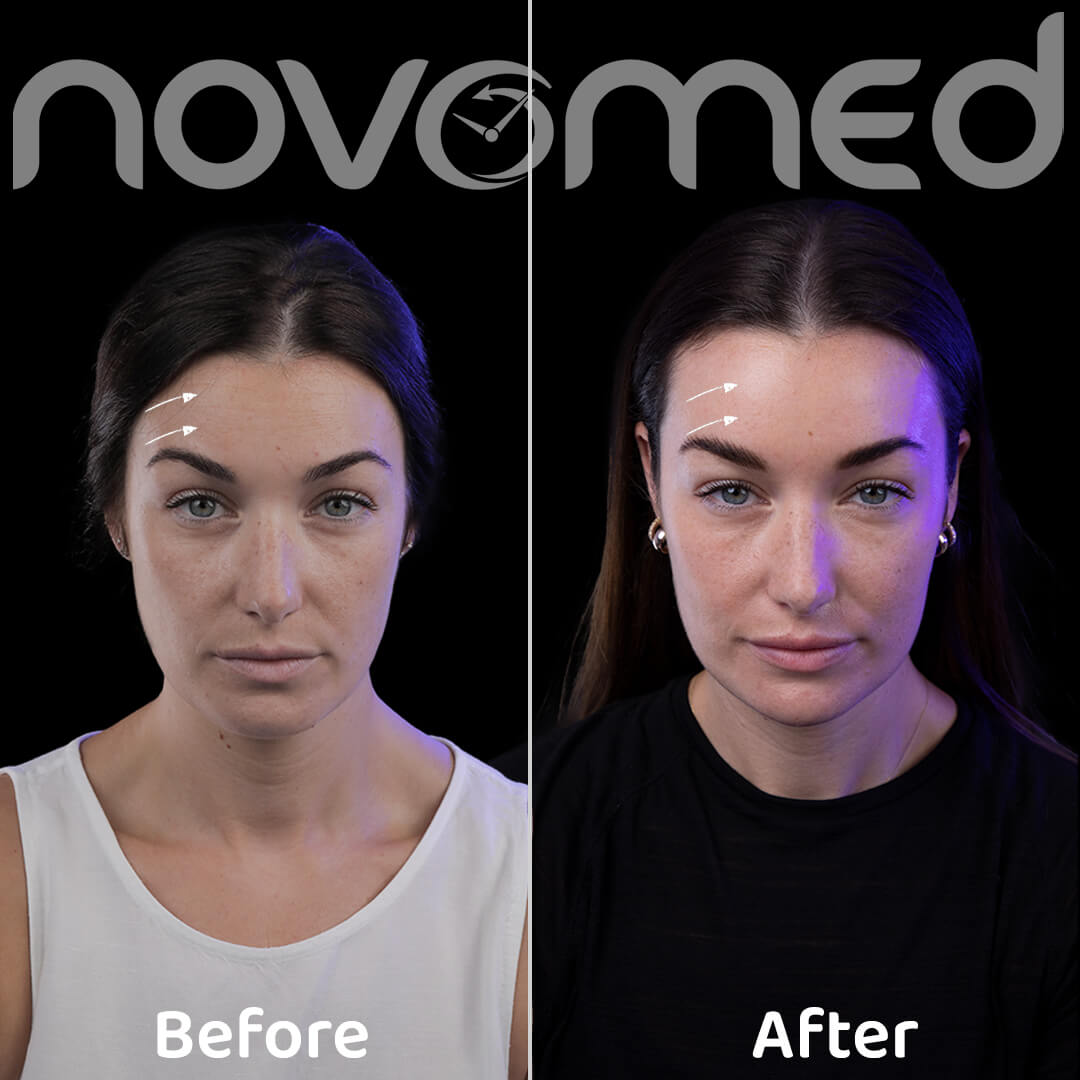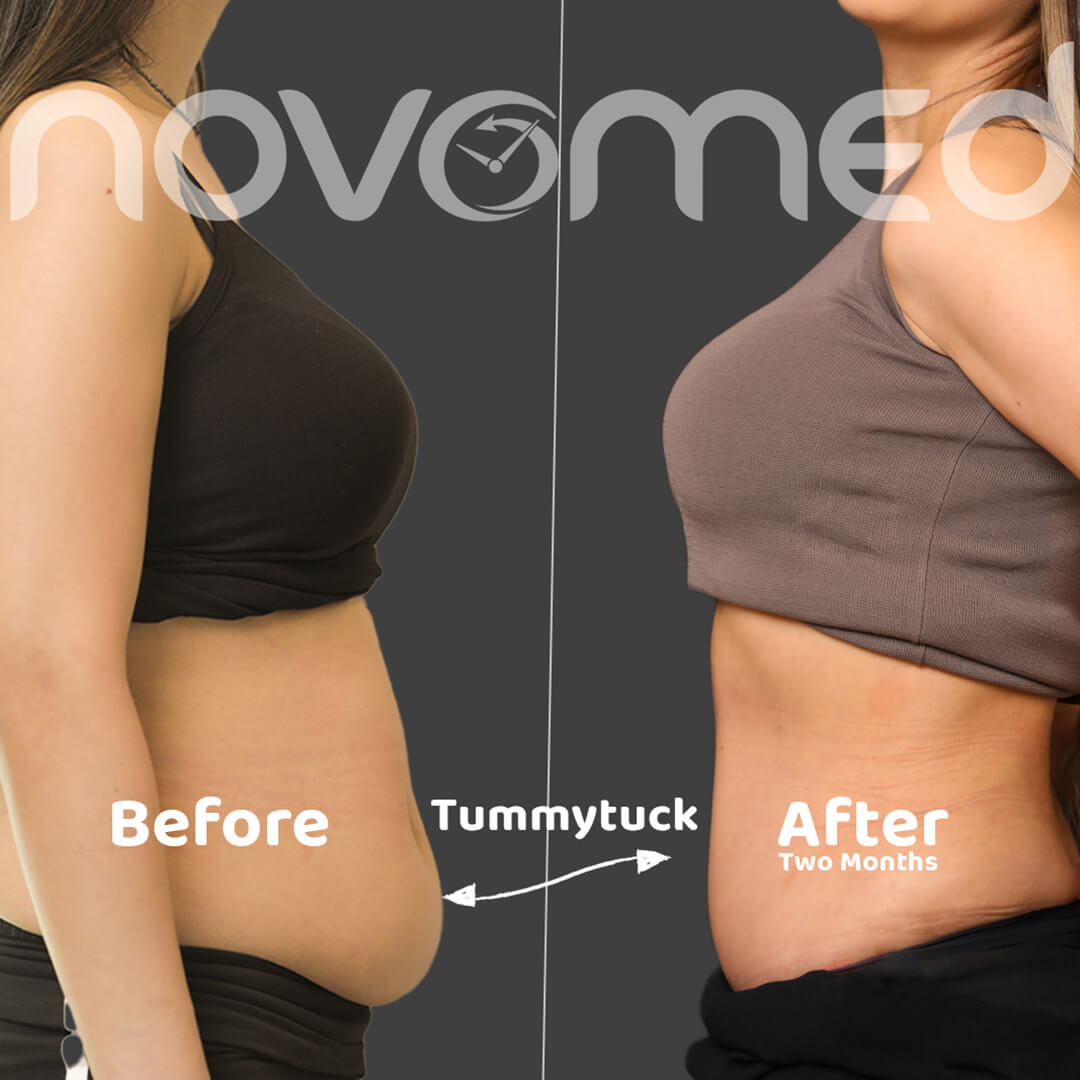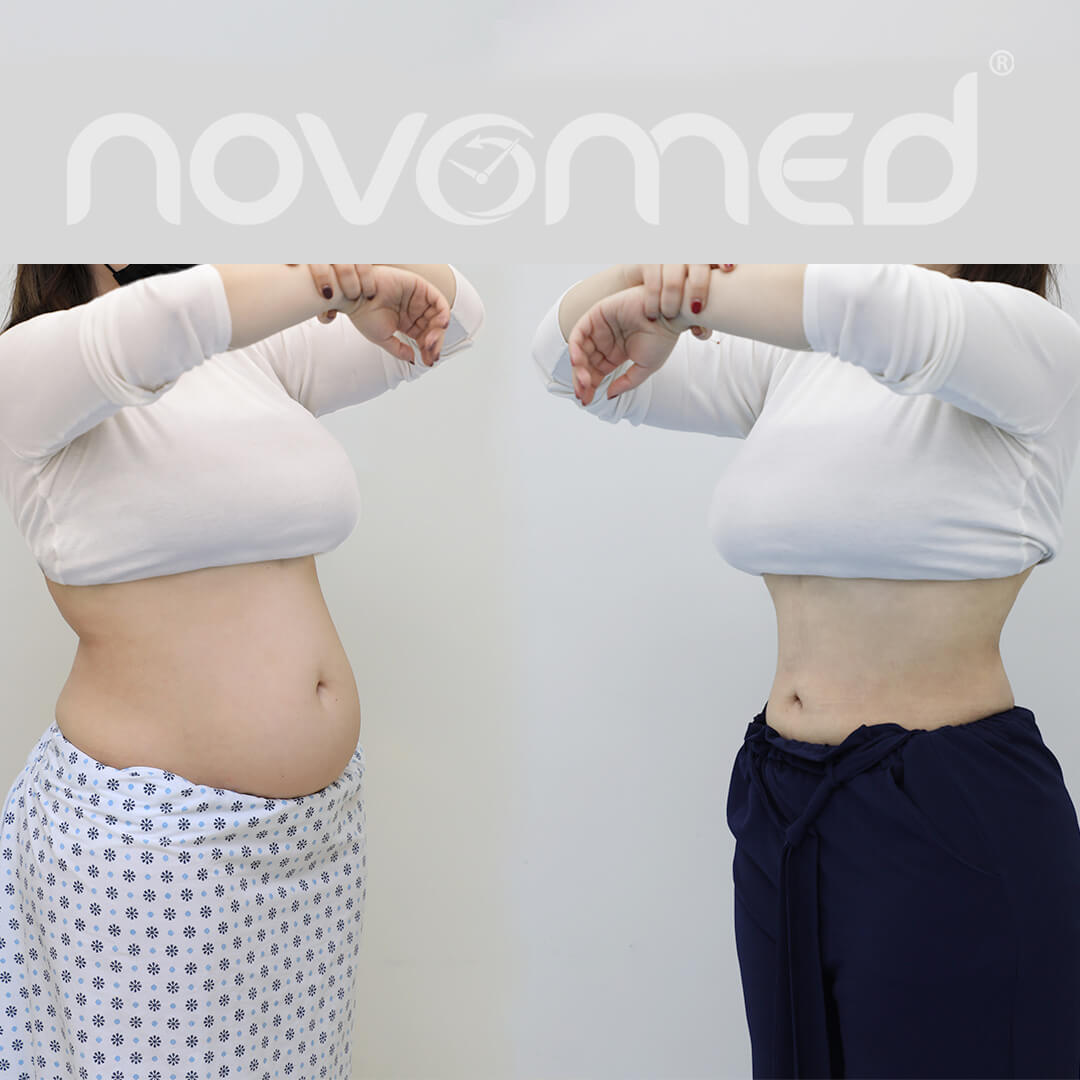Lipedema Treatment at Novomed: Personalized Care for Enhanced Well-being
Lipedema is a chronic disorder characterized by the abnormal and disproportionate accumulation of fat, primarily in the lower limbs, but it can also affect the upper limbs. This condition typically occurs in women and can lead to significant physical and emotional distress. At Novomed, we understand the challenges that individuals with lipedema face, and we are committed to providing personalized and comprehensive treatment to improve their quality of life.
Understanding Lipedema
Lipedema is often misdiagnosed or mistaken for obesity, leading to inadequate care and frustration for those affected. It is essential to recognize that lipedema is a medical condition involving the abnormal buildup of fat cells in specific areas of the body, primarily the legs and sometimes the arms. This results in a disproportionate appearance and can cause pain, tenderness, and easy bruising.
Our Approach to Personalized Treatment
At Novomed, our team of top doctors specializes in providing tailored treatments for individuals with lipedema. We emphasize a patient-centered approach, where we thoroughly assess each patient’s unique condition, lifestyle, and medical history to develop a customized treatment plan. Our goal is to enhance the overall well-being of our patients by addressing their specific needs and concerns.
Stages of Lipedema
Lipedema is divided into different stages based on the severity and progression of the condition. The staging system helps in understanding the extent of fat accumulation, skin changes, and associated symptoms. The commonly used staging system for lipedema includes three stages:
- Stage I (Mild Lipedema): In this initial stage, the accumulation of fat is mild, and the skin’s surface may appear relatively smooth. The affected areas may have a slightly “spongy” or soft texture. There may be minimal or no physical discomfort or pain at this stage.
- Stage II (Moderate Lipedema): Stage II is characterized by a moderate increase in fat accumulation. The skin surface may show more irregularities, such as nodules or small lumps, resembling an orange peel (peau d’orange). This stage is often associated with tenderness, sensitivity, and easy bruising. Swelling (edema) may also be present.
- Stage III (Severe Lipedema): At this advanced stage, there is a significant increase in fat accumulation, resulting in pronounced skin irregularities and a more nodular appearance. The skin may be harder, lumpy, and significantly sensitive to pressure or touch. The individual may experience substantial discomfort, pain, and tenderness in the affected areas. Advanced lymphatic disturbances and functional impairment may also be evident.
Types of Lipedema
Lipedema is primarily classified based on the affected areas of the body and the progression of the condition. The types of lipedema based on where it develops include:
- Lower Extremity Lipedema: This is the most common form of lipedema and primarily affects the lower body, including the hips, thighs, buttocks, calves, and ankles.
- Upper Extremity Lipedema: In this type, lipedema affects the upper body, including the arms, shoulders, and upper back.
- Combined Extremity Lipedema: Some individuals may experience lipedema in both the lower and upper extremities, resulting in a combination of fat accumulation in the lower body and upper body.
It’s important to note that regardless of the affected area, lipedema often presents as a bilateral and symmetrical condition, meaning it typically affects both sides of the body equally. Additionally, lipedema may progress through various stages of severity (Stage I, Stage II, and Stage III) in both the lower and upper extremities, influencing the degree of fat accumulation and associated symptoms.
Causes and Symptoms of Lipedema
The exact cause of lipedema remains unknown, but hormonal and genetic factors are believed to play a significant role. The symptoms of lipedema can vary from person to person, but common signs and symptoms include:
- Disproportionate Fat Accumulation: Lipedema typically presents as a symmetrical accumulation of fat in the affected areas, creating a disproportionate appearance compared to the rest of the body.
- Tenderness and Pain: The affected areas often feel tender or painful to the touch. This pain can range from a mild discomfort to more severe, throbbing or burning sensations.
- Easy Bruising: Individuals with lipedema may bruise easily and experience bruises that are larger and more persistent than expected from minor bumps or injuries.
- Swelling (Edema): Swelling can occur in the affected areas, leading to a feeling of heaviness, tightness, or fullness in the legs or arms. The swelling may worsen with prolonged standing or sitting.
- Pitting Edema: In some cases, the swelling may cause the skin to develop a characteristic “pitting” appearance when pressed, where an indentation remains for a short period.
- Skin Texture Changes: The skin in the affected areas may become irregular or lumpy, resembling an orange peel or mattress-like appearance.
- Decreased Mobility: The accumulation of fat can impair mobility and flexibility, making it difficult to move or engage in physical activities comfortably.
- Increased Sensitivity: Individuals with lipedema may experience heightened sensitivity or pain in response to pressure, touch, or clothing.
- Psychological Impact: Living with a visible physical difference can have a significant emotional and psychological impact, leading to decreased self-esteem, body image issues, and anxiety or depression in some individuals.
Diagnosis of Lipedema
A comprehensive and accurate diagnosis of lipedema is essential to tailor an appropriate treatment plan and address the specific needs of the individual. Seeking care from a medical professional experienced in diagnosing and treating lipedema is crucial for accurate assessment and management.
- Medical History and Physical Examination: our doctor will conduct a detailed medical history interview, asking about symptoms, their onset, family history, and any relevant medical conditions. A thorough physical examination follows to assess the distribution of fat, skin texture, tenderness, and any other noticeable symptoms.
- Clinical Assessment: During the physical examination, the healthcare provider may perform a clinical assessment, looking for characteristic signs of lipedema such as disproportionate fat accumulation, tenderness, easy bruising, swelling, and skin texture changes.
- Rule Out Other Conditions: Since lipedema symptoms can overlap with other conditions, it’s crucial to rule out conditions like obesity, lymphedema, Dercum’s disease, or other disorders that affect fat distribution and cause swelling.
- Diagnostic Imaging: Imaging studies can be helpful in confirming the presence of lipedema and assessing its extent. Techniques such as ultrasound, MRI (Magnetic Resonance Imaging), or CT (Computed Tomography) scans can provide detailed images of fat distribution, tissue structure, and the lymphatic system.
- Circumferential Measurements: Measuring the circumference of various body parts, such as the thighs, calves, and arms, helps quantify the disproportionate fat distribution and monitor changes in the affected areas over time.
- Lymphoscintigraphy: This imaging technique involves injecting a small amount of radioactive material into the skin to visualize the lymphatic system’s function and assess if there are any lymphatic abnormalities associated with lipedema.
Treatment Options for Lipedema
The treatment of lipedema at Novomed is tailored to the specific needs of each patient and may include a combination of the following approaches:
- Conservative Measures:
- Manual lymphatic drainage (MLD) and compression therapy to manage swelling and discomfort.
- Exercise and physical therapy to improve mobility and muscle tone.
- Dietary counseling to support healthy weight management.
- Liposuction:
- Tumescent liposuction, a specialized technique to remove excess fat and improve the appearance of the affected areas.
- Medical Management:
- Pharmacotherapy to alleviate symptoms, such as pain and inflammation.
- Nutritional Support:
- Customized nutritional plans to support overall health and manage weight.
Integrating Functional Medicine and Personalized Approach
At Novomed, we integrate functional medicine into our approach to lipedema treatment, focusing on understanding the root causes of the condition and addressing them holistically. We emphasize personalized treatment plans, tailoring interventions to suit the unique needs and circumstances of each patient. Our dedicated team works closely with individuals, providing guidance, support, and comprehensive care throughout their journey towards improved well-being.
Book Your Appointment at Novomed Today!
Lipedema is a complex and challenging condition that requires personalized and comprehensive care. At Novomed, we prioritize understanding each patient’s needs, and our top doctors craft individualized treatment plans to address their specific challenges. By integrating functional medicine and emphasizing a personalized approach, we strive to enhance the quality of life for individuals living with lipedema, promoting optimal health and well-being.
To schedule a consultation with one of our expert doctors in Dubai, Abu Dhabi or Al Ain, call us toll free at 8006686, fill out the booking form or click the chat icon at the bottom of the screen.






